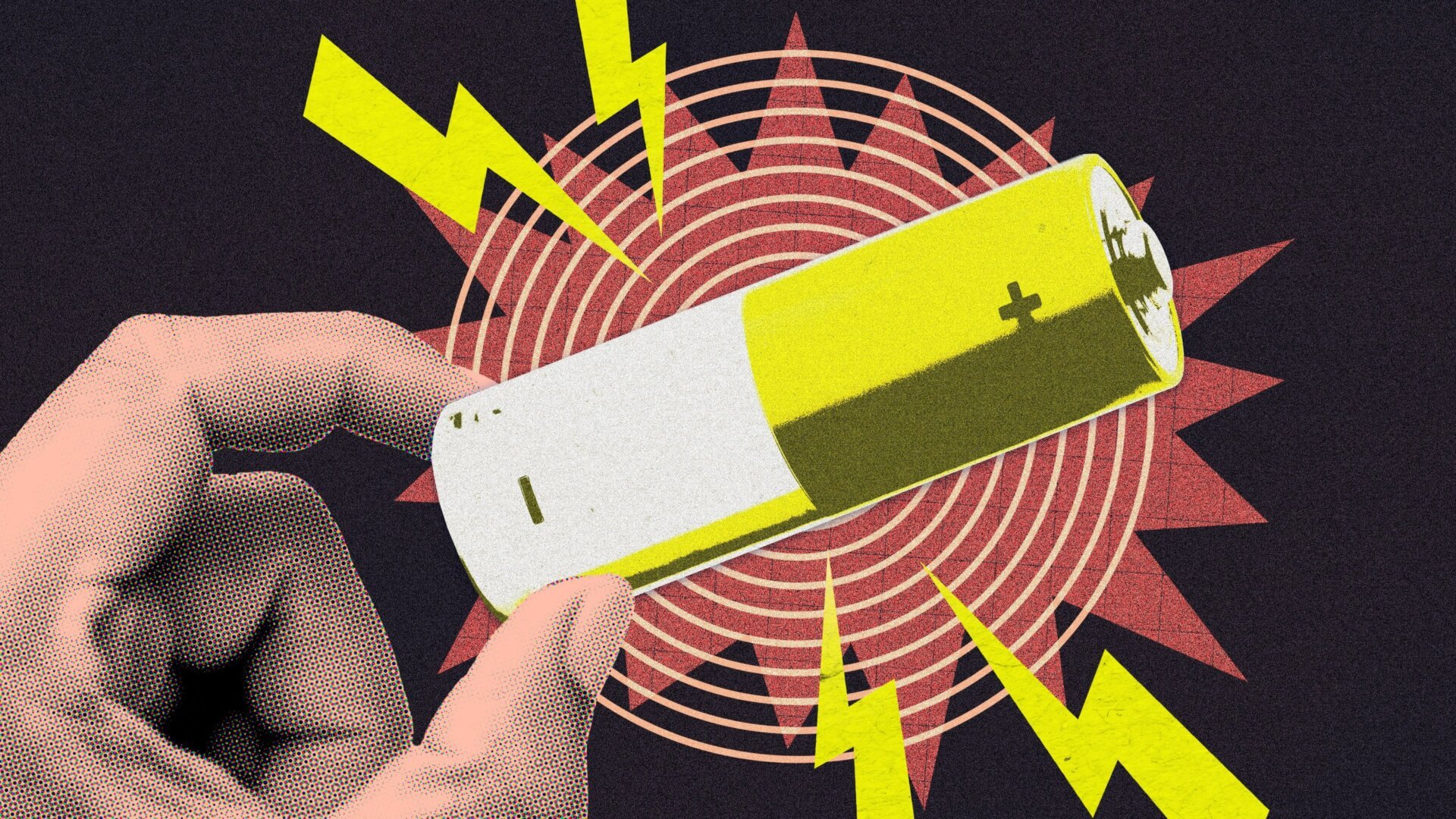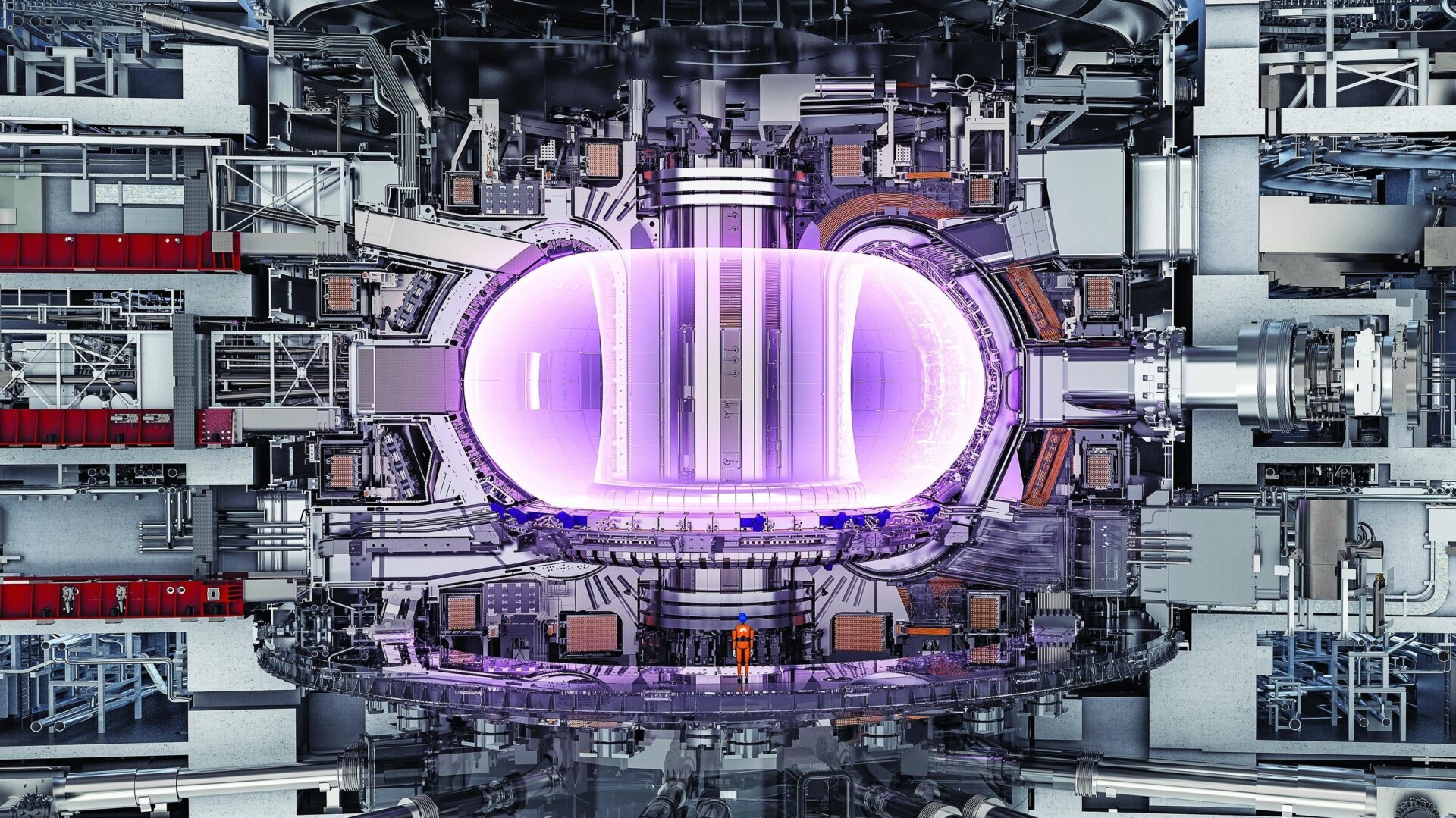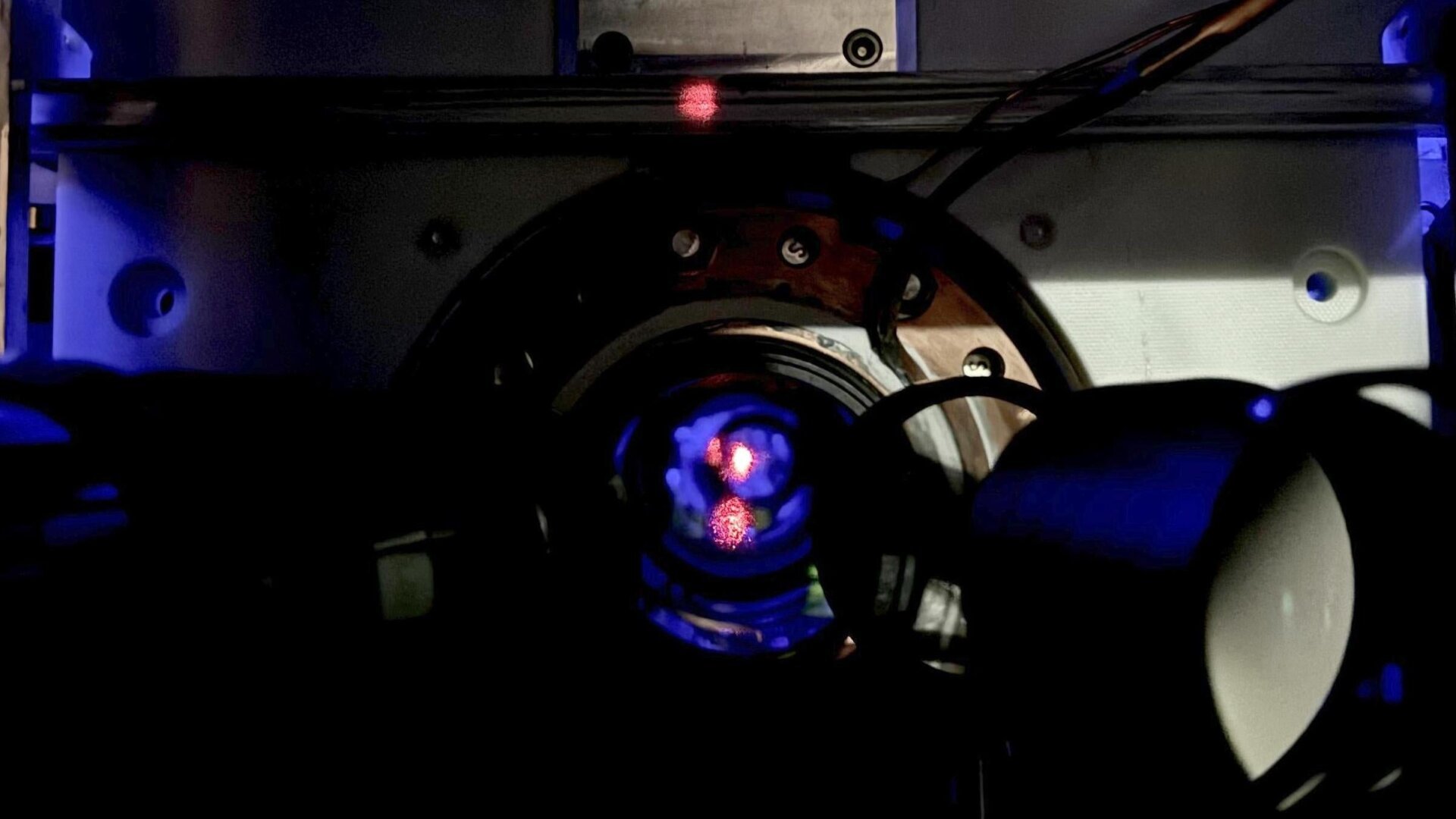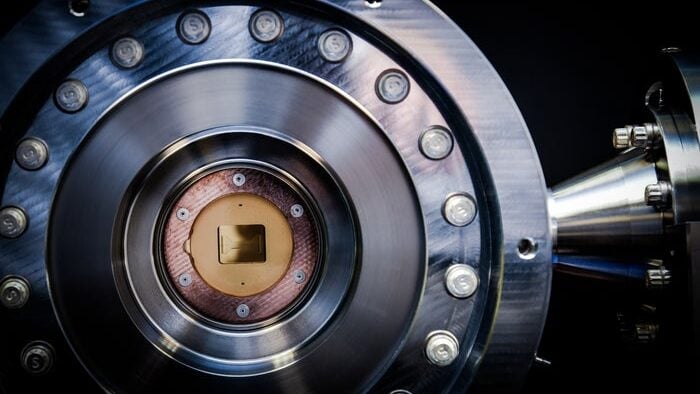Quantum batteries represent a radical departure from traditional chemical batteries, promising significantly faster charging times and potentially revolutionary energy storage capabilities. While still in the early stages of research, their underlying principles leverage the bizarre yet fascinating world of quantum mechanics. This article delves into the concept of quantum batteries, exploring how they work and their potential impact on the future of energy storage.
How Do Quantum Batteries Work?
Unlike classical batteries that store energy through chemical reactions, quantum batteries exploit the principles of superposition and entanglement. Superposition allows a quantum system to exist in multiple states simultaneously, while entanglement links these states together, creating a collective behavior.
In a quantum battery, the active material consists of many identical quantum systems, such as atoms or molecules, working together. Charging the battery involves putting these systems into a superposition of energy states, essentially charging all of them simultaneously. This parallel charging allows for exponentially faster charging times compared to classical batteries, where charging happens sequentially.
The Advantage of Quantum Superabsorption
A key phenomenon contributing to faster charging is “quantum superabsorption.” This occurs when the interaction between the charging source and the battery’s quantum systems is enhanced by their collective behavior. The more quantum systems involved, the stronger this interaction becomes, resulting in dramatically faster charging.
Challenges and Current Research
While the concept is promising, practical quantum batteries face significant challenges. Maintaining the delicate quantum states necessary for their operation is extremely difficult. Factors like decoherence, which is the loss of superposition due to interaction with the environment, can significantly impact performance.
Current research focuses on overcoming these challenges by exploring various materials and architectures for quantum batteries. Scientists are investigating different types of quantum systems, such as solid-state systems and trapped ions, to find stable and scalable platforms for building these batteries.
Potential Applications and the Future
If the challenges can be overcome, quantum batteries could revolutionize various industries. Their ultra-fast charging capabilities could transform electric vehicles, enabling rapid recharging and reducing range anxiety. They could also lead to more efficient energy storage for renewable sources like solar and wind, addressing the intermittency issues that currently limit their widespread adoption.
Furthermore, quantum batteries could power portable electronics, potentially leading to smartphones and laptops that charge in seconds. This could also impact larger-scale applications, such as grid-scale energy storage, providing greater stability and reliability.
Conclusion: A Glimpse into Tomorrow’s Power
Quantum batteries are still in their nascent stage, and significant scientific hurdles remain. However, the potential benefits they offer, particularly in terms of charging speed and energy density, make them a compelling area of research. While it’s unclear when we’ll see a quantum battery powering our laptops, the advancements being made suggest a future where energy storage is significantly faster, more efficient, and potentially transformative.











